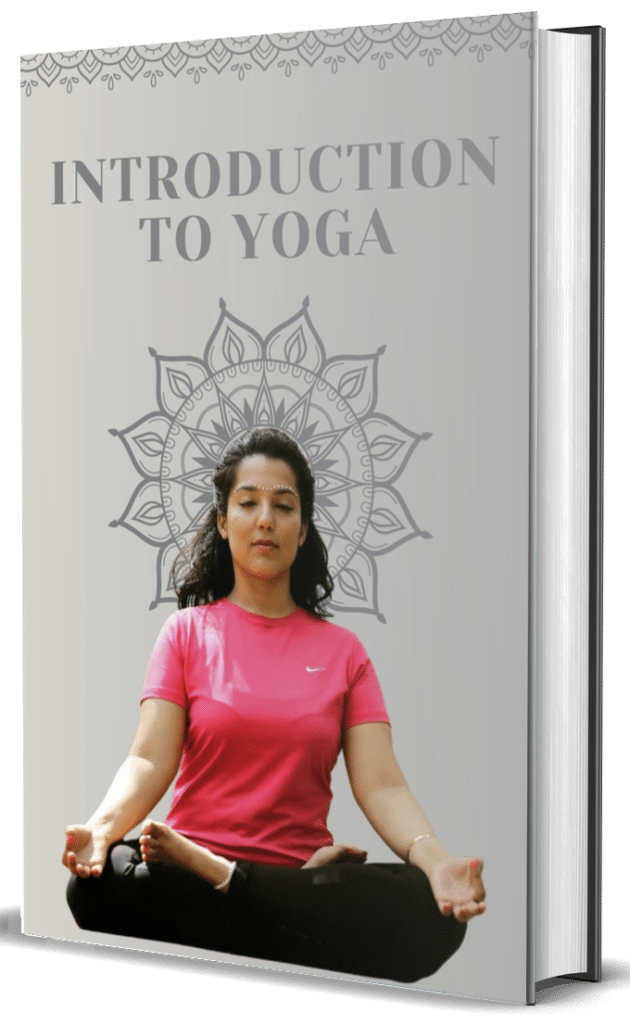Kurmasana or Tortoise Pose is an intermediate to advanced forward bending asana that resembles a tortoise retreating into its shell. The Sanskrit name comes from “kurma” meaning “tortoise” and “asana” meaning “posture” or “seat.” This posture honors Lord Vishnu’s second avatar Kurma who took the form of a tortoise during the churning of the cosmic ocean in Hindu mythology.
In the full expression of Kurmasana the practitioner sits with legs spread wide then bends forward sliding the arms under the legs and extending them behind the back. The chest rests on the floor between the thighs while the shoulders move below the knees. The forehead touches the floor with the spine rounded and the entire body folded into a compact shape resembling a tortoise with its limbs withdrawn into its shell.
This deep forward fold provides numerous physical benefits including:
- Intense stretching of the hamstrings adductors and spine
- Compression of abdominal organs stimulating digestion
- Opening of the shoulders and chest
- Calming of the nervous system
- Increased circulation to the pelvic region
Beyond its physical aspects Kurmasana encourages introspection and withdrawal of the senses (pratyahara). Just as a tortoise retreats into its shell the practitioner symbolically turns attention inward cultivating mental stillness and detachment from external stimulation.
Practitioners should approach this posture gradually with proper warming of the hamstrings hip flexors and shoulders. Those with back injuries knee problems or shoulder issues should practice modifications or alternative poses. Preparatory poses include Paschimottanasana (Seated Forward Fold) Baddha Konasana (Bound Angle Pose) and Upavistha Konasana (Wide-Angle Seated Forward Bend).



